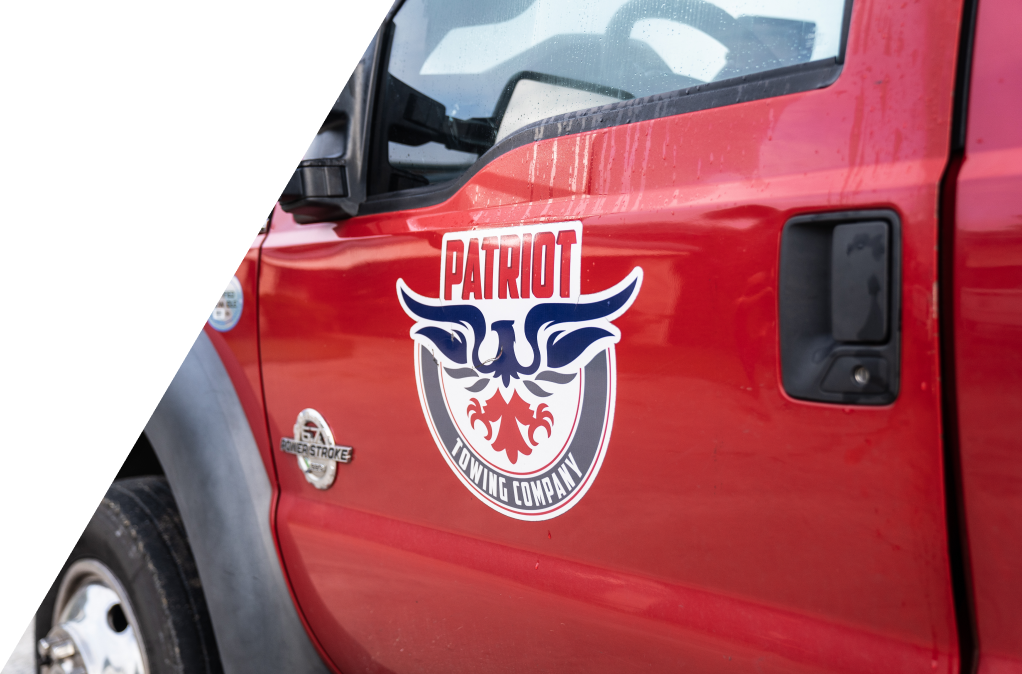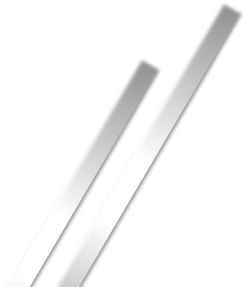
Understanding Your Towing Options
When we get a call, most drivers are looking for quick help without much thought about the kind of tow truck that’s on the way. Once we arrive—flatbed or wheel-lift in tow—the questions start. People want to know what the difference is and which one is better. Some assume that flatbed towing the best choice no matter what. But that assumption doesn’t always hold up. The right towing method depends on the vehicle’s type, its condition and situation, not appearances.
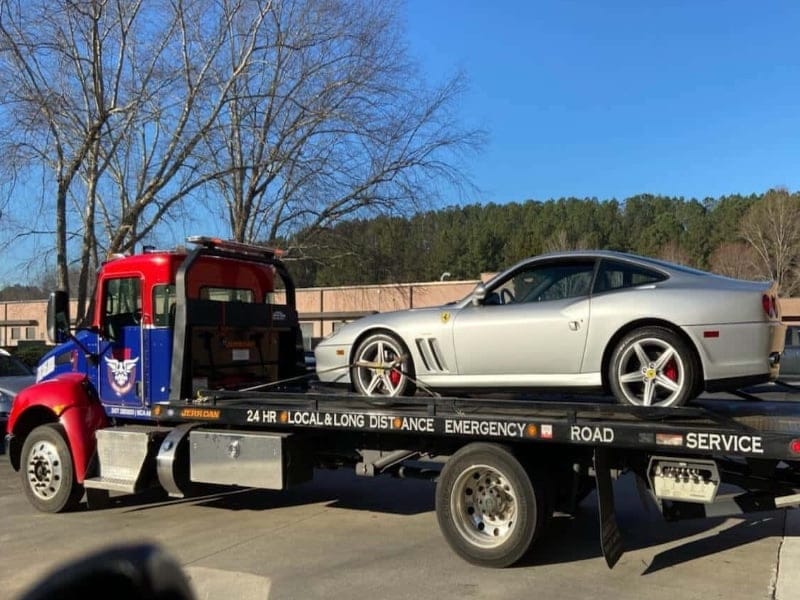
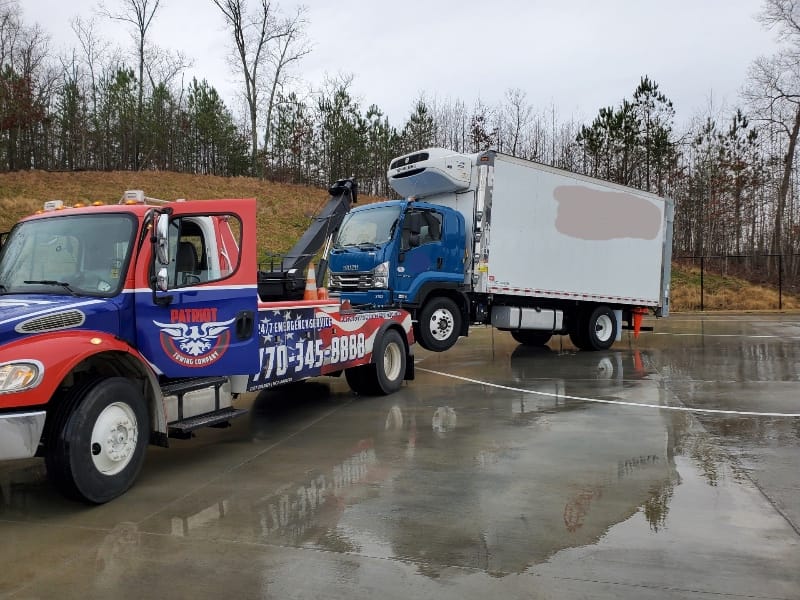
How Flatbed Towing Works
Flatbed towing is exactly what it sounds like. We use a hydraulic tilt and winch system to load your vehicle onto the back of a flat platform, securing it completely off the ground. No wheels touch the pavement during transport, which makes it one of the safest and cleanest methods out there.
Flatbed towing is the best option when:
- Your car has all-wheel drive (AWD) or four-wheel drive (4WD)
- The vehicle has low ground clearance and might scrape during loading
- You’re transporting an electric vehicle (EV) with sensitive drivetrains
- Your vehicle is heavily damaged in an accident and can’t roll
- You’re moving a classic, luxury, or collectible car and want to avoid any tire wear or stress on the suspension
Flatbeds are ideal for transporting vehicles long distances or when extra care is needed. For example, when we handle electric vehicle transport near Ball Ground or Alpharetta, we nearly always use a flatbed. Towing EVs with wheels on the ground can risk damage to the regenerative braking system or the motor if the vehicle can’t be put in true neutral.
What About Wheel-Lift Towing?
Wheel-lift towing is a more compact method, often quicker to set up and ideal for shorter distances. We slide a metal yoke under the front or rear wheels—depending on whether the vehicle is front- or rear-wheel drive—and lift that end off the ground. The other two wheels remain in contact with the road during the tow.
Wheel-lift towing is typically a good option when:
- The car is parked in a tight or awkward spot
- The vehicle has suffered a simple mechanical issue (like a dead battery or starter)
- The car is front- or rear-wheel drive and in otherwise drivable shape
However, wheel-lift towing isn’t a one-size-fits-all solution. Vehicles with low clearance, extensive body damage, or certain drivetrain configurations can be harmed if towed this way. AWD or 4WD vehicles should never be wheel-lifted unless the wheels remaining on the ground are placed on tow dollies to prevent drivetrain damage.
That’s why, even if you’re calling us for quick roadside assistance in Ball Ground or Woodstock, we always check what kind of vehicle we’re working with before dispatching a tow truck.
Deciding Which Tow You Need
So how do we decide what to send? It all comes down to the condition of the vehicle, its drivetrain, and where it’s sitting. If the car’s parked cleanly in a driveway and it’s front-wheel drive, a wheel-lift tow might be perfect. But if it’s been rear-ended, buried in a ditch, or features a low-slung body or complex drivetrain, we’ll go with a flatbed.
Here are a few of the questions we ask before dispatching a truck:
- Is the vehicle front-, rear-, or all-wheel drive?
- Are there visible leaks, broken axles, or suspension damage?
- Does the vehicle have low clearance or a modified frame?
- How far does it need to go?
- Is it parked on a slope, in a garage, or in a tight space?
Answering those helps us send the right equipment and avoid damage, whether you’re in Ball Ground, Alpharetta, or nearby.s us decide whether Ball Ground flatbed towing or wheel-lift towing fits the situation best.
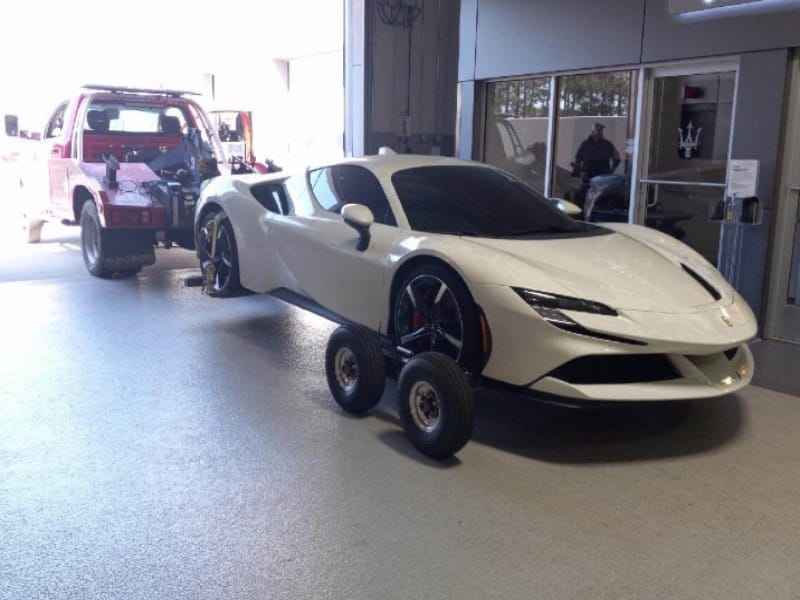
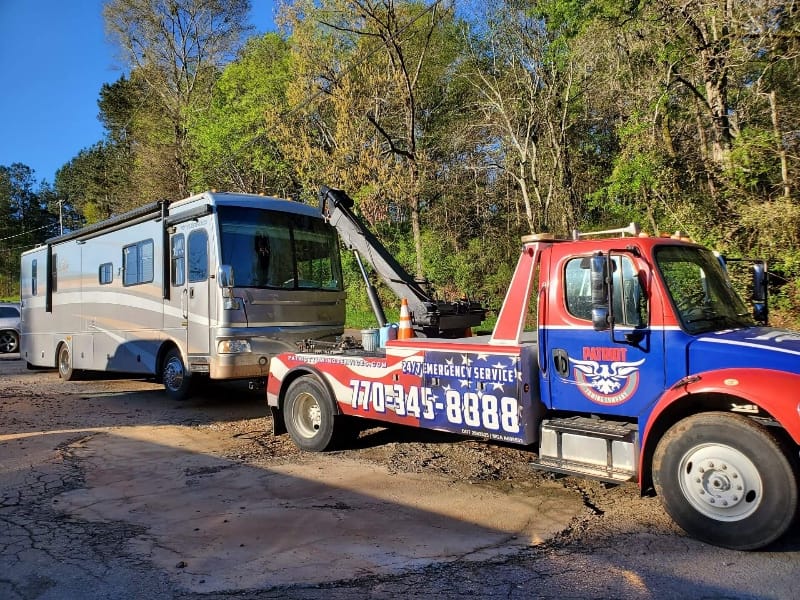
Flatbed or Wrecker— Patriot Towing Get’s Your Vehicle Moving!
Using the wrong towing method can do more harm than good and cost you more in repairs. At Patriot Towing, we don’t take shortcuts. We take the time to assess what your car actually needs, whether it’s a low-clearance flatbed for an EV or a quick-response wheel-lift for a short local tow.
Flatbed towing is an excellent option, and one we use often in Ball Ground and surrounding areas. But it’s not the only tool in our shed. The best towing services know that every job is different and the right choice is the one that protects your car, your wallet, and your schedule.
So next time you need help on the road, trust that we’ll bring the truck that fits your situation.






